Home recording and streaming have become increasingly popular in recent years, leading to significant changes in the condenser microphone market. In this context, the established audio equipment manufacturer Shure has introduced a new microphone for home recording. Let's take a look at what this product has to offer, starting with its specifications and features.
Features and Benefits
Smooth and Natural Audio Playback
The SM4, equipped with a 1-inch brass dual-diaphragm capsule, captures clean, controlled low frequencies and smooth, delicate high frequencies. Its uniform cardioid polar pattern effectively eliminates unwanted noise outside the pickup axis, while a large "sweet spot" reduces proximity effect.
Patented RF Interference Shielding Technology
The SM4 blocks unwanted RF noise from common wireless devices such as smartphones, laptops, and Wi-Fi routers. This unique system features a built-in pop filter and a mesh-woven Faraday cage, shielding the microphone capsule to capture clean audio.
Easily Achieve Sound Suited for Mixing
The built-in pop filter enables clean recordings free from plosive and vibration noise, making post-production work easier. You can adjust compression and EQ to your liking without highlighting unwanted elements in the recording or mix. Additionally, the SM4 is compatible with all interfaces, ensuring professional-quality recordings in any environment.
Flexible Recording for Vocals and Instruments
The SM4 accommodates extremely high sound pressure levels (up to 140 dB SPL), optimized for capturing a wide range of sound sources, from soft vocals to loud instruments like drums, guitar amplifiers, and horns.
Reliable Durability and Striking Design
With years of experience manufacturing reliable equipment for stage and studio use, Shure offers a robust all-metal construction and the ability to handle extremely high sound pressure levels (SPL). The slim and sleek design ensures it won't interfere with performers or the surrounding environment.
Shock Mount + Removable Magnetic Pop Filter
Included in the SM4 home recording kit and also available separately, the shock mount and removable pop filter help suppress unwanted sounds, vibrations, and plosive noises. By combining the built-in pop filter with the removable pop filter, a dual-filter system is created, dramatically improving resistance to plosive sounds.
The magnetic pop filter, shock mount, and carrying case are included in the microphone kit and are also available for separate purchase.
Product Specifications
| Type | True Condenser |
|---|---|
| Polar Pattern | Cardioid |
| Frequency Response | 20Hz~20kHz |
| Output Impedance | 150Ω |
| Sensitivity (at 1 kHz, open circuit voltage) |
-38 dbV/Pa 1 Pascal=94 dB SPL |
| Maximum Input Sound Pressure Level (1% THD at 1 kHz) |
1000Ω load: 140 dB SPL 2500Ω load: 145 dB SPL |
| Polarity | Positive pressure on the diaphragm generates positive voltage on pin 2 relative to pin 3 |
| Connector | Professional audio 3-pin (XLR), male |
| Weight | 463g(1.02 lbs) |
| Exterior Finish | Zinc die-cast |
| Power Supply [1] 1 Pa=94 dB SPL |
48 V DC phantom power (5.3 mA) |
Polar Response
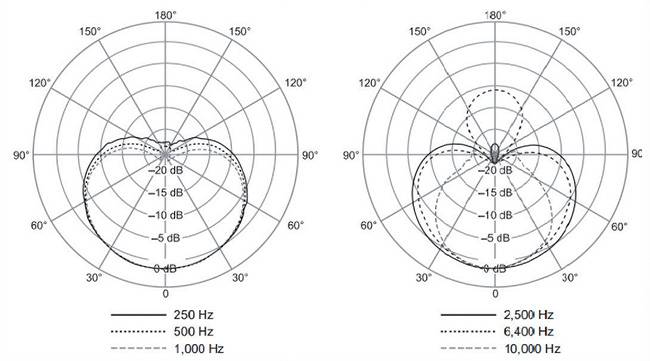
Frequency Response
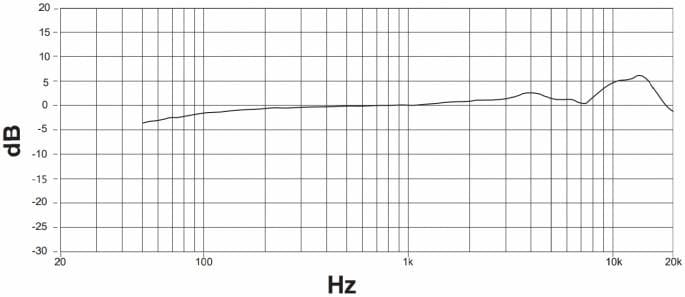
It's clear that this compact microphone is packed with various features and technologies. While I occasionally come across microphones with flashy designs, I personally prefer something simple and refined like this. It's easy to use in any setting or room.
Tried and Tested
This time, I'll conduct a sound check using the SM4 Microphone Kit.
Setup
First, attach the microphone to the dedicated shock mount. It can be easily secured by simply turning the washer at the bottom, providing a firm hold. The shock mount features a 5/8-inch screw size, and it comes with a 3/8-inch adapter screw, making it compatible with most microphone stands.

The pop filter is magnetic, making it easy to attach and detach.
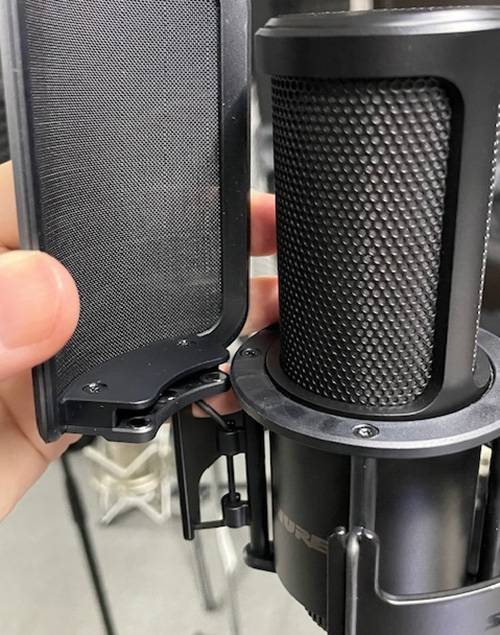
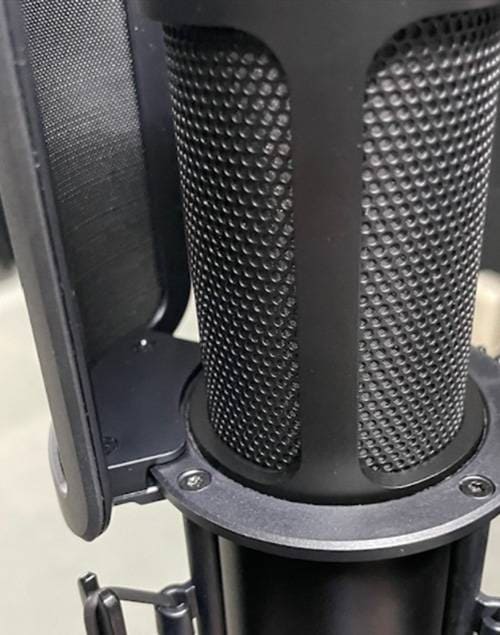
It has a sleek, refined design that reflects the manufacturer's attention to detail—very stylish!
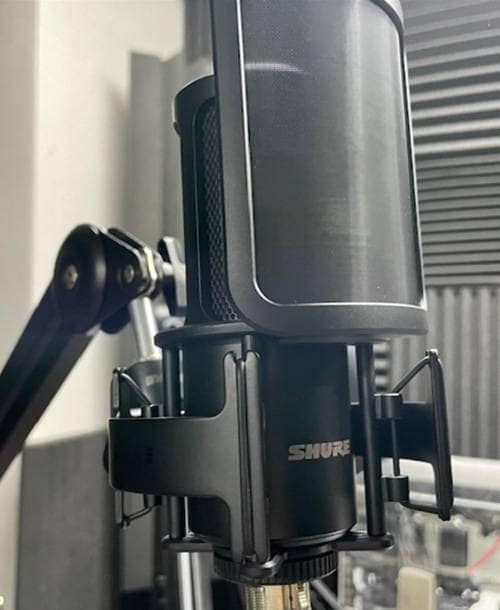
Sound Check
My first impression is that the mid-range is flat and well-defined. Additionally, compared to microphones in the same price range, the amount of noise is noticeably lower. It's clear that both the built-in pop filter and the attached pop filter are doing an excellent job. The use of a dual diaphragm helps to reduce proximity effect, resulting in a consistently stable sound. However, some may find the low frequencies a bit lacking. That said, having such a noise-free and stable sound is extremely beneficial when it comes to mixing, making it useful for any application. It's not only great for instruments and vocals but also ideal for podcasts and narration. The functionality aligns perfectly with its claim as a home recording microphone.
In summary, what I felt after researching the SM4 is that it's a microphone designed with a clear target audience in mind. You can truly appreciate how much noise and mixing hassle can be reduced just by switching microphones. Whether you’ve been doing home recording and streaming for a while or are just starting out, I highly recommend this microphone to everyone. Let’s upgrade your home recording environment with the SM4!
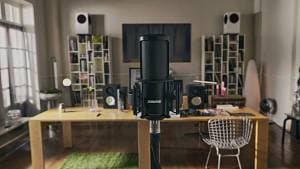

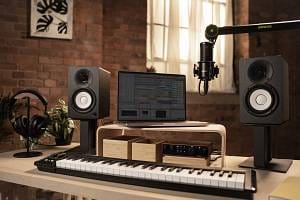






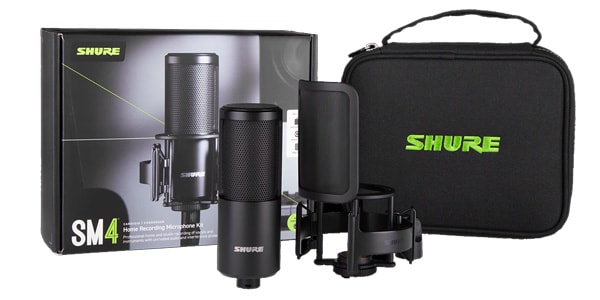

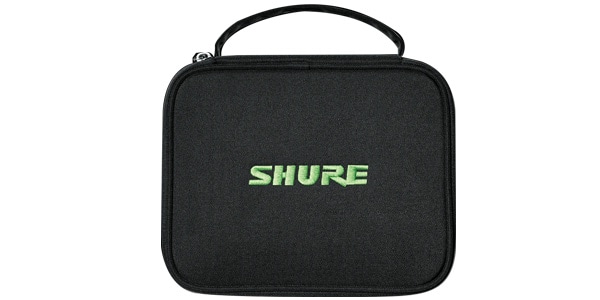

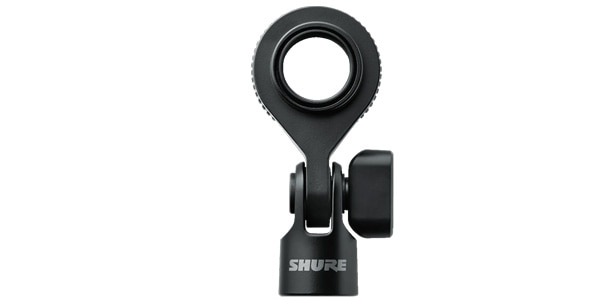
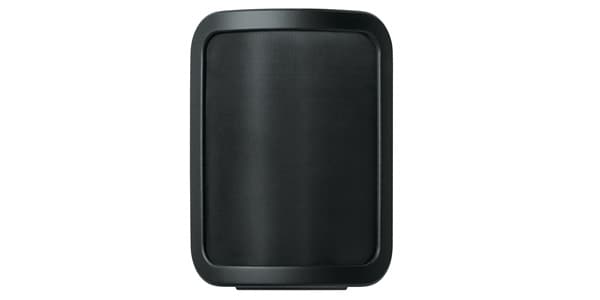
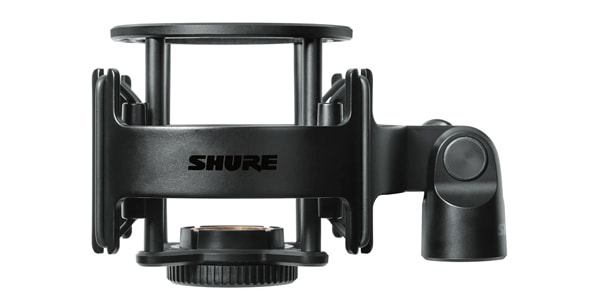
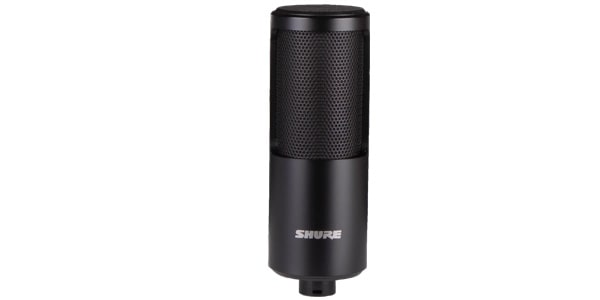

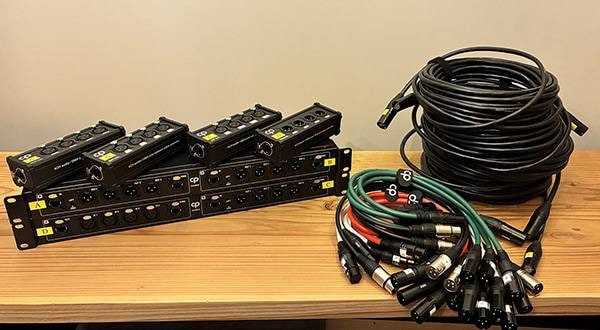
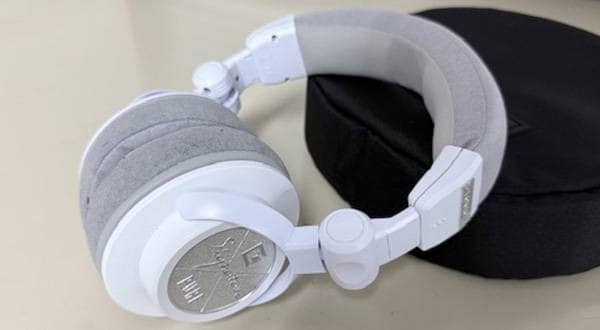

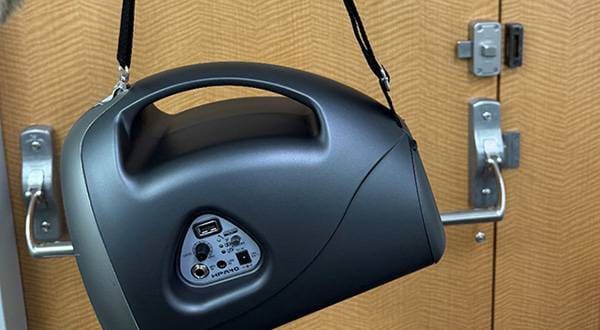
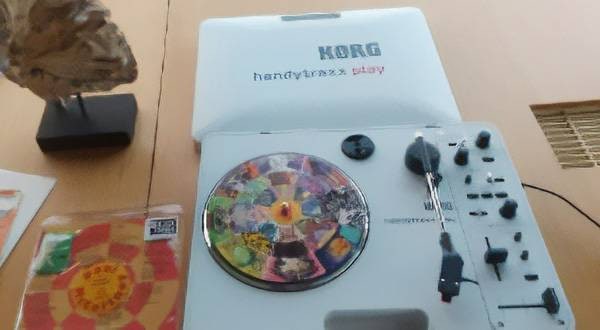
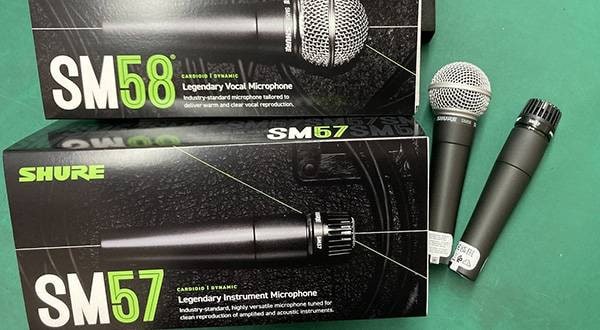

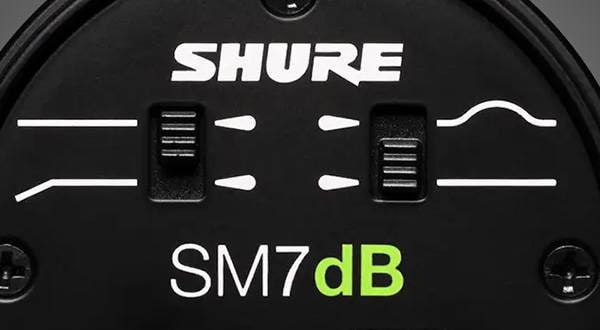

![[ Audio tip] How to use the SHURE SM58 standard microphone efficiently.](/contents/uploads/thumbs/5/2019/10/20191002_5_7930_1.jpg)
![[2023] Top 5 Recommended Dynamic Microphone Ranking](/contents/uploads/thumbs/2/2018/11/20181105_2_4733_1.jpg)
 SHUREワイヤレス比較表
SHUREワイヤレス比較表
 初心者向けUSBマイクの選び方
初心者向けUSBマイクの選び方
 SHURE特設ページ
SHURE特設ページ
 コンデンサーマイクとは
コンデンサーマイクとは
 マイクケーブルの作り方
マイクケーブルの作り方
 ワンランク上のボーカルマイク選び
ワンランク上のボーカルマイク選び















